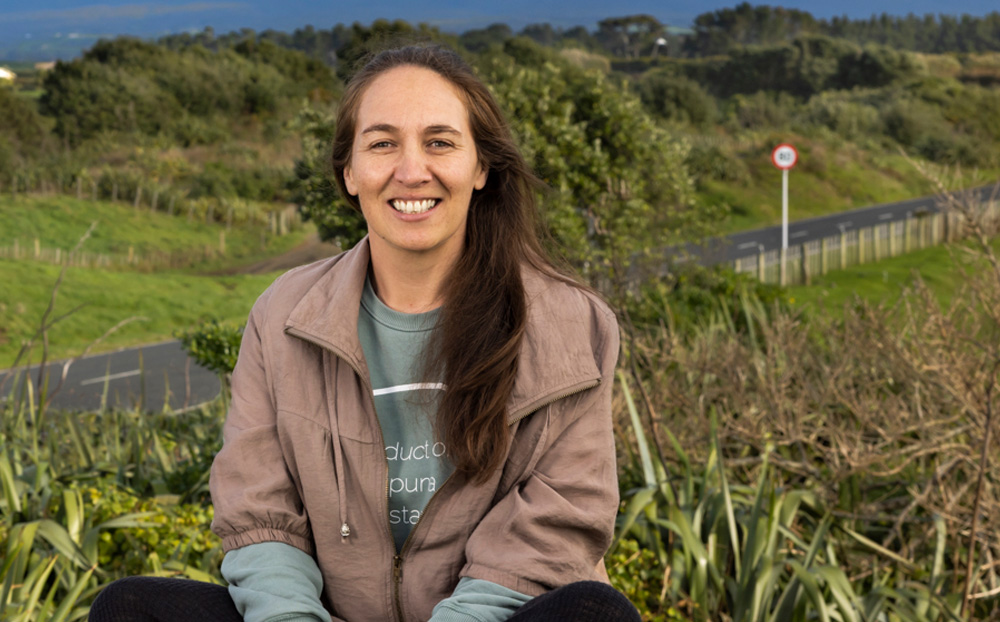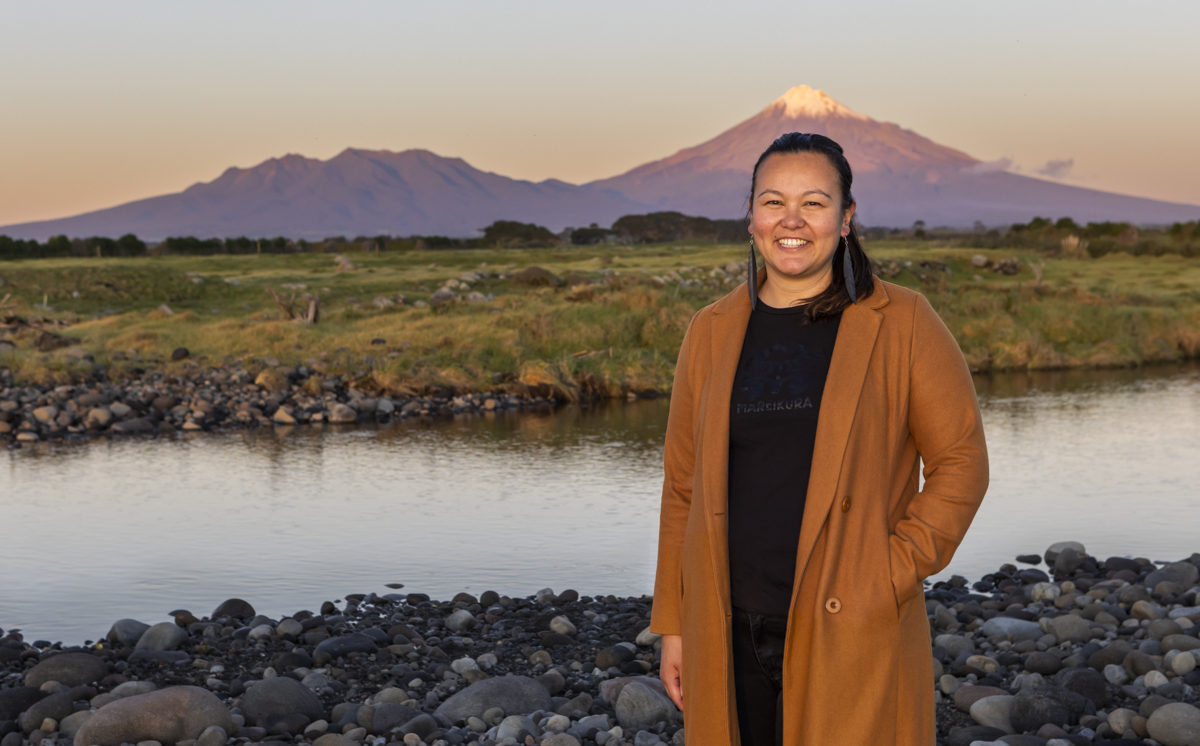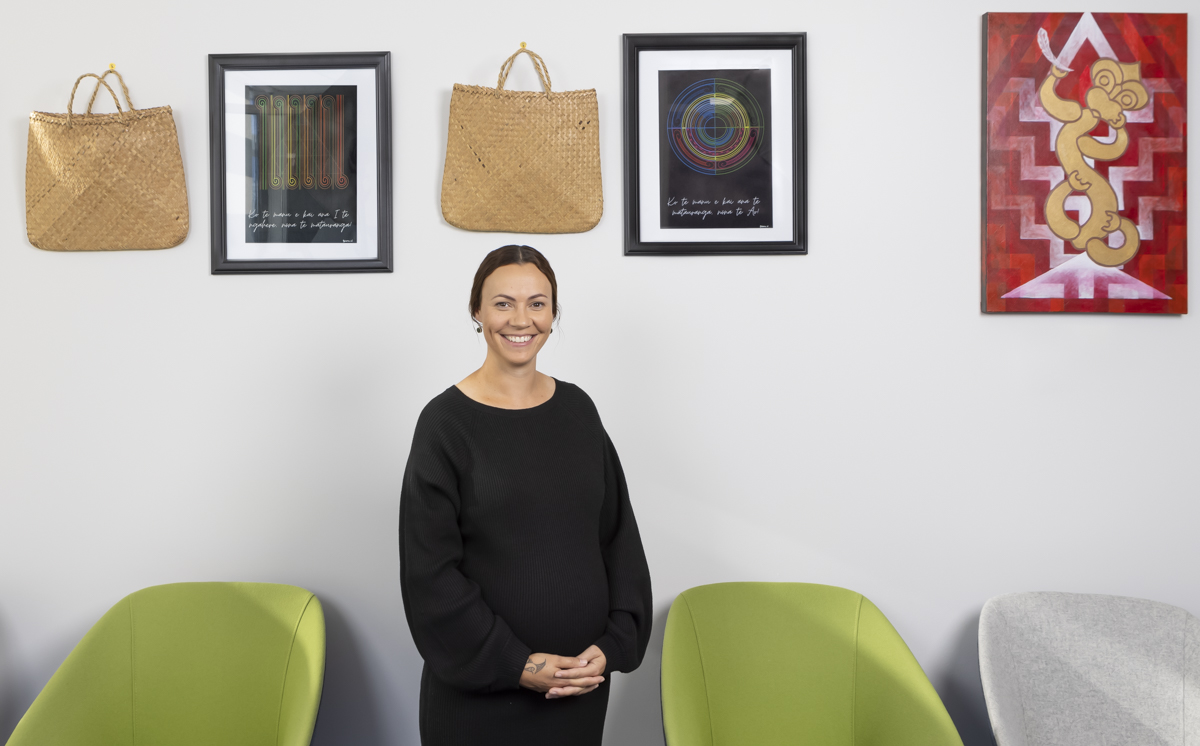Speech Language Therapist

“Because every child is different, no day is the same. In a week, I could be doing assessments with children, having meetings with whānau or teachers, writing notes, reports, planning strategies and speech and language programmes, meeting with other professionals, etc. It is always busy, but I am never bored. I definitely love working with people more than paperwork, but it is a nice balance to have both. I really love my job and feel so fortunate that I stumbled across it. “
– Jemma Bridge, Speech Language Therapist
About this career
Speech-language therapists assess and treat people who have problems with verbal communication or swallowing. This may include difficulties with speech, language, listening, reading or writing.
Personal Qualities you need
• empathetic, enthusiastic, energetic
• understanding and patient with young people and whānau
• well-organised, practical and with good time management
• able to communicate clearly with people of all ages and backgrounds
• practical, organised and good problem solvers
• creative and adaptable and able to work well in a team
Career Pathway
Find out more about becoming a Speech Language Therapist here:
https://www.careers.govt.nz/jobs-database/health-and-community/health/speech-language-therapist/
Our Whānau Career Story
Jemma Bridge, Speech Language Therapist
Where do I work and what do I do?
Ministry of Education, Taranaki Office
As a Speech Language Therapist at the Ministry of Education, I provide individualised and systemic communication support for tamariki in schools, early childhood settings and for whānau at home.
I work closely with teams around children with speech, language and communication needs to put customised support in place. This is catered depending on what is needed. It could include training teacher aides to deliver a speech or language programme, and planning specific goals and activities to help the child meet these goals. I also deliver a lot of workshops to parents and teachers on general speech and language strategies and more specific resources, e.g., core boards or colourful semantics.
What was my career pathway to get where I am / and what led me to this?
Bachelor of Social Sciences, majoring in Linguistics.
When I finished high school, I wasn’t sure what I wanted to do. I knew that I loved History and learning about other cultures and languages, but I did not know of careers to go into. So, I decided to study a Bachelor of Social Sciences at Waikato University, majoring in Anthropology, minoring in History. I decided to continue my Te Reo Māori learning and took a Te Reo paper each year.
I took Linguistics as an elective (field of studying and understanding how language works by looking at grammar, sentence structure, sounds, units of meaning, and how we use language socially and how languages develop). However, in my first Linguistics paper I fell in love with it. I loved linguistics so much that I changed my major to Linguistics, my minor to Anthropology and dropped History after my first year. As I was finishing my Linguistics degree, I was unsure what I should do next. I was considering becoming a field linguist (analysing and documenting undocumented languages), but did not want to become a lecturer (at the time I hated public speaking) so was looking into other things.
I knew I wanted to do something with a language focus. My friend mentioned that she was thinking about Speech language therapy. I had no idea that linguistics was a prerequisite subject to studying speech language therapy, I thought I would’ve had to go a more medical route. It intrigued me so I looked it up and what I’d have to study to become one.
The variety in possible careers and sub-specialities interested me – I could work with children or with adults, in health or education or private practice, specialise in stuttering, voice disorders, speech sounds, language, swallowing disorders, stroke or traumatic brain injury acute or rehabilitation wards, and other areas. In all of these areas I could make a real difference in people’s lives. So, I decided to become a Speech language therapist.
Masters of Speech Language Pathology. I had to do two summer-school papers to get into the course – Anatomy and Statistics. Then I studied a 2-year Masters of Speech Language Pathology at the University of Canterbury. This was very intense but exciting, involving papers on all the specialities of SLTs and placements in schools, hospitals, and clinics.
I was open to working with either children or adults but was leaning towards working with adults (hospital setting). However, then I had a kindergarten placement and found that I loved working with the children. I was interested in working for MOE because you got to work with both children and their teams (adults). Therefore, I applied for a few MOE jobs and now I have been working at the Taranaki office for 5 years.
In high school, I took Te Reo Māori as an option from year 9 to year 13. I remember getting comments from some of my pākehā peers when I was in year 11, saying that it was a useless subject – that I should take a more widely spoken language like French. They were so wrong.
I am so glad I ignored them and continued taking Te Reo. I loved learning Te Reo, such a beautiful taonga, a wonderful language, a connection to whakapapa. Having knowledge of a second language in linguistics was really useful as I could contrast English and Te Reo. And now, my learning of Te Reo Māori over the years has been invaluable in my job as an SLT. I am able to use it when I go into Kōhanga and Kura Kaupapa, and use Te Reo Māori language assessment and resources to provide a better service to tamariki Māori. While I am not yet fluent, having the basics has been so important.
“My why” for doing this job and making a difference for Māori
I get to support children with varying difficulties and needs to access successful communication. It is so rewarding getting to see the progress tamariki make. Every child is different and each one needs something specific to them and their team.
I am passionate about assessing the communication need so that I can make the right and most effective choices for intervention. I get to use my passion for linguistics every day, e.g. in my speech and language assessments, using the international phonetic alphabet and analysing language samples, and choosing targets to work on.
Because every child is different, no day is the same. In a week, I could be doing assessments with children, having meetings with whānau or teachers, writing notes, reports, planning strategies and speech and language programmes, meeting with other professionals, etc. It is always busy, but I am never bored. I definitely love working with people more than paperwork, but it is a nice balance to have both. I really love my job and feel so fortunate that I stumbled across it.
I really enjoy my workshops and presentations that I deliver to parents and teachers. Ironically, the hate of public speaking that pushed me towards speech therapy rather than pursuing field linguistics, has changed to be one of my passions now.
When supporting Māori whānau and working in kōhanga and kura kaupapa, I have opportunities to see the gaps in available speech and language resources for Māori spaces and adapt and create resources to fill these gaps.
I am able to work alongside whānau and Kaiako, and together plan ongoing support for their tamariki, helping tamariki to develop communication skills.



